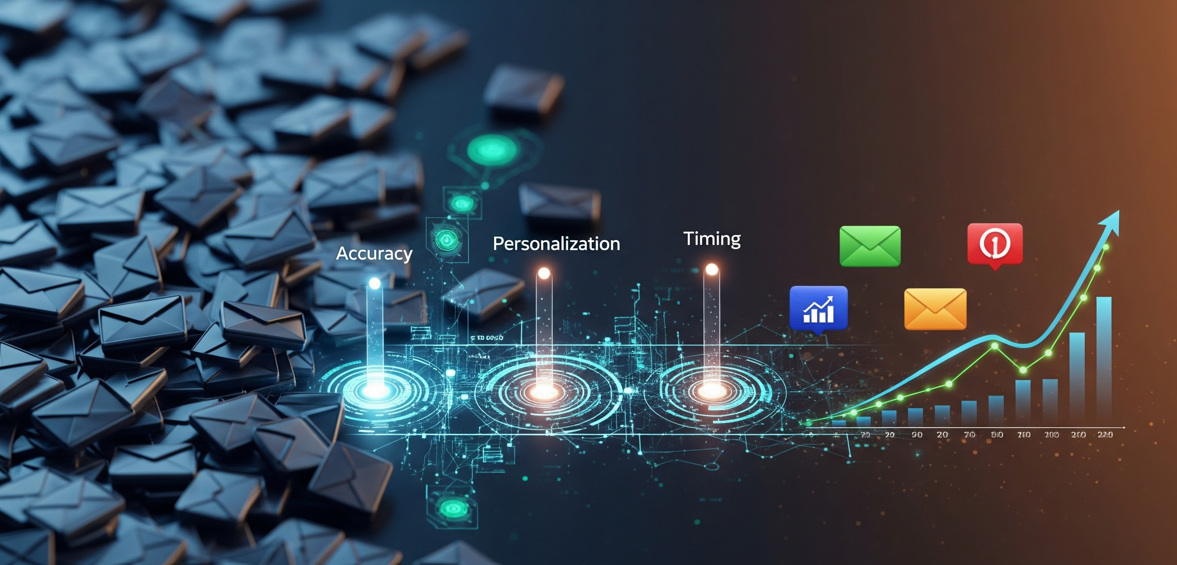The business world is constantly changing, and in 2025, B2B sales teams face not only new challenges but also significant opportunities. Sending generic, bulk cold emails simply no longer works; indeed, those days of ineffective B2B email outreach are gone forever. Today’s buyers are inundated with information, as their inboxes are fuller than ever before. Consequently, they demand highly relevant messages and truly personalized engagement. This means your professional email messages must speak directly to their needs and meticulously address their unique challenges. This critical shift therefore requires a new approach to B2B email strategy—one that is inherently data-driven, hyper-personalized, and intently focused on real buyer intent. This comprehensive framework helps you achieve precisely that.
This detailed guide outlines a practical, seven-step process specifically designed to empower B2B marketers and sales representatives. You will learn to create highly targeted professional email campaigns that efficiently grow your sales pipeline. Designed for 2025 and beyond, each step builds seamlessly on the last. You will discover how to effectively use an Email finder to obtain B2B email addresses and, crucially, how to convert these into valuable leads. This ultimately translates to more closed deals for your business, emphasizing a smarter, more effective fanatical prospecting approach rather than just working harder.


